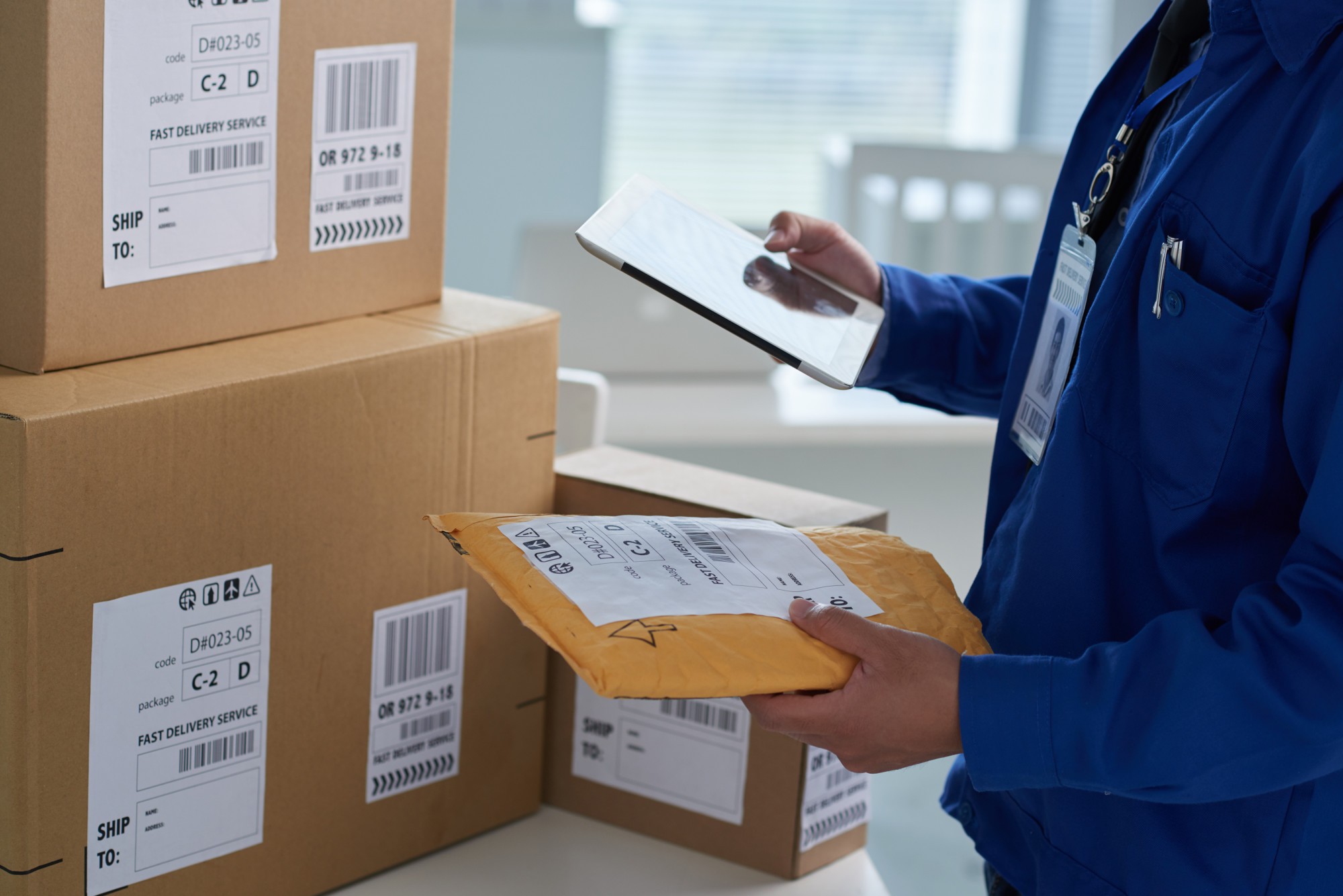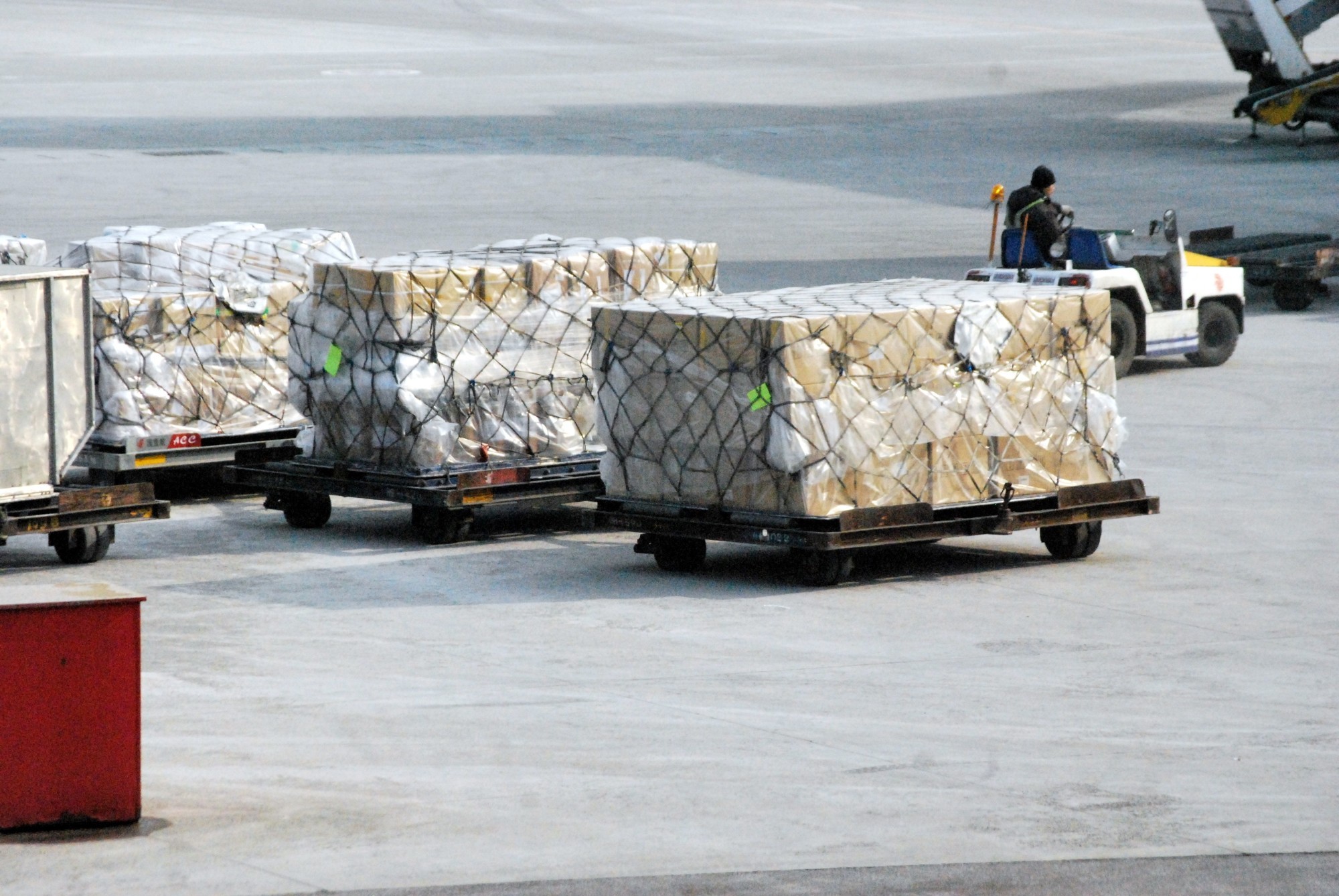Truckload vs LTL Shipments: Everything You Need to Know
The LTL shipment sector is worth $40 billion. A vast majority of retail and e-commerce businesses depend on this delivery network to complete their supply chain process.
If you’re looking for ways to streamline and optimize your supply chain, then you need to consider both full truckload and LTL shipment options.
If you aren’t sure what these are, keep reading to learn how they work, and how they’re different.
LTL Shipments
LTL stands for “less than truckload”, which means that the total size of the shipment takes up less than a truck’s trailer hauling space. The carrier, or shipper, will combine different customers’ shipments into one shipment.
Transit and Handling
Transit time is longer with LTL shipments. Because there are several different shipments on one truck, the truck has to make several stops along the transit journey. This increases the total transit time.
Carriers use distribution terminals to direct shipments to their destinations efficiently. A truck will make several stops picking up all of the LTL shipments in a local area. Then the truck will offload those shipments at the terminal where they’ll be loaded onto new trucks.
The new trucks will transport their loads to the regional destinations. This requires them to make several stops along the way to offload the different shipments.
Weight and Shipment Size
An LTL shipment will typically be six pallets or less and weigh 5,000 pounds or less. The exact restrictions can vary from carrier to carrier, so you’ll need to check with your carrier before you book.
Pricing
The pricing of your shipments is where you’ll find the greatest difference between LTL and full truckload shipments. LTL shipment pricing is under the regulation of the National Motor Freight Traffic Association (NMFTA). This non-profit organization helps to regulate pricing by classifying freight shipments into commodities.
Carriers have specific rates for each commodity classification. To determine your LTL rate, you’ll need to know its commodity. To figure out the commodity number, you’ll need to know what it is, its density, and its ease of transport.
To determine your rate, you need your commodity NMFC class, shipment’s origin, and destination, and the space it takes up on the truck. The carrier will use this information to give you the rate they charge for your shipment.
Availability and Reliability
It’s easier to find LTL shipment availability than all other trucks. Reefer trucks that carry refrigerated shipments are a bit harder to book shipments on. These trucks tend to have specific routes depending on the region and the climate.
Regular LTL shipments are easier to book because several shipments can go on one truck. There are hundreds of lanes that crisscross the United States. Larger carriers will have several trucks running these main shipping lanes.
You can also look to regional carriers for discounted rates on the smaller lanes.
Full Truckload Shipments
If your shipment is large or heavy enough, then it will take up an entire truck. Then the carrier will dedicate one truck to a single shipment.
Transit and Handling
When you have an entire truck dedicated to your shipment, there are no other customers to delay your shipment’s transit time. There’s no need to take your shipment to the distribution terminal.
The truck will drive straight from your pickup spot to the destination location. The only stops will be for the driver to rest and to refuel. This results in much faster transit times.
There’s less risk of damage or theft when the entire truck is dedicated to your shipment. This is because once the truck is loaded, it doesn’t need to be opened again until it reaches the destination.
Weight and Shipment Size
A full truckload will typically be around 25 pallets and up. Now, there’s a big gap between the six pallet limit of LTL and the 25 pallets of a full truckload. This middle ground is called a partial truckload.
The weight of full truckload shipments can vary greatly because it’s usually more about the space they take up than their weight. Shipment weights can be from 5,000 to 45,000 pounds.
Pricing
Figuring out the rate for a full truckload shipment is a little bit more vague. The quote you’ll get will ultimately depend on the market demand. There are no established rates, and negotiation is typical.
The rates can fluctuate from carrier to carrier, day to day, and even hour to hour. The carrier will use the weight, origin, destination, and season to determine your rate.
To ensure you get the best rate, it can help to use a 3PL. This is a middleman company that has working relationships with the carriers and can help you secure the best rate.
Availability and Reliability
Full truckload reefers are much easier to locate than an LTL reefer shipment. This is because you have a dedicated truck to serve your needs. The rate for this truck will be significantly more, though.
You may find that it can be quite challenging to find a dedicated truck depending on your shipment’s origin and destination. Carriers want to maximize their profits by having full truckloads every time the truck moves.
If you want to book a full truckload to a remote destination, then the carrier may struggle to find a shipment booking for the return trip. This will result in the carrier increasing your shipment cost.
You can use this dilemma to your advantage, though. Carriers will offer deep discounts on these return trips so that they can recoup their losses. If you score one of these return trip rates, then you can save money on your full truckload shipment.
Book Your LTL Shipment
Now that you understand how a full truckload and LTL shipment differ, you’re ready to start booking your freight shipments. Take into consideration your budget, the size of your shipment, and your transportation needs when choosing between the two.
Book your LTL or full truckload shipment today, and let us help you get your goods delivered.





